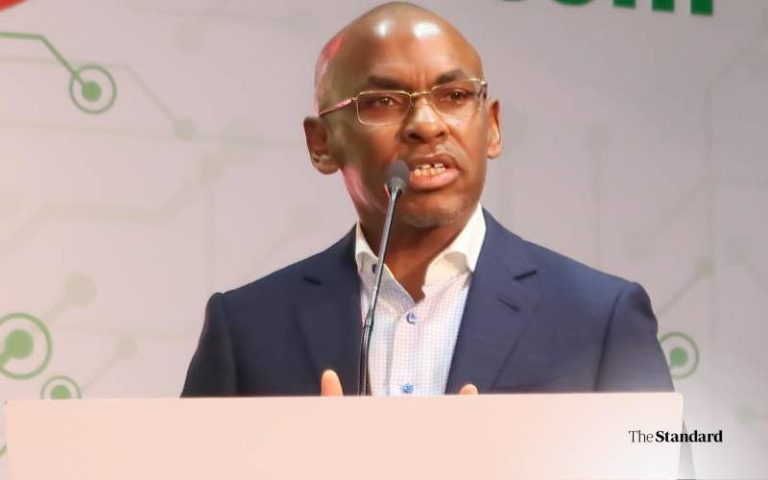Safaricom Plc’s valuation at the Nairobi Securities Exchange (NSE) crossed the psychological barrier of the Sh1 trillion mark on Thursday last week, after its share price crossed Sh25.5 in inter-day trading on the bourse, adding Sh266 billion of shareholder wealth.
It is the highest share traded since late 2022. The share price closed at Sh24.90 after trading 42.3 million shares worth Sh1.1 billion.
It, however, retreated on Friday when it closed at Sh24.65 and its market capitalisation also went under Sh1 trillion to Sh997.6 billion.
Year to date, the Safaricom stock has taken an upward trajectory, gaining 33 per cent, which underscores its role in driving the market.
The share has been on the rise for a month since it released results on May 9 showing an 11.2 per cent growth in total revenue to Sh388.7 billion ($3 billion) for the financial year ending March 31, 2025, with net income also accelerating by 10.8 per cent to hit Sh69.8 billion.
Following these results, Safaricom will pay out Sh48.08 billion in dividends to its shareholders for the year, adding a final dividend of 65 cents per ordinary share to the interim dividend of 55 cents per ordinary share already paid out on or about March 2025.
The strong results were achieved through sustained innovation across the firm’s product portfolio, expansion into Ethiopia, and continued support to communities by investing more than Sh18 billion in education, health, environment, and economic empowerment initiatives over the last five years.
The Safaricom share reached an all-time high price on August 22, 2021, when it hit Sh45.25. At the time, it had a market capitalisation of Sh1.81 trillion. However, it dropped to a low of Sh13 per share in late 2023.
The decline was due to several factors, including a tough economic environment that eroded disposable income among Kenyans, as well as the exit of foreign investors from the local market following a surge in interest rates in Western markets.
The Safaricom stock has rebounded in recent weeks, and aside from the strong performance it posted during the financial year to March, other factors at play include increased inflows from foreign investors and falling Treasury Bill yields. This follows the reduction of the Central Bank Rate, which is now seeing investors shift investments to alternatives, including the stock market.
Analysts have in the past observed that the company’s share price is undervalued, indicating a belief in its future potential.
By Macharia Kamau |


